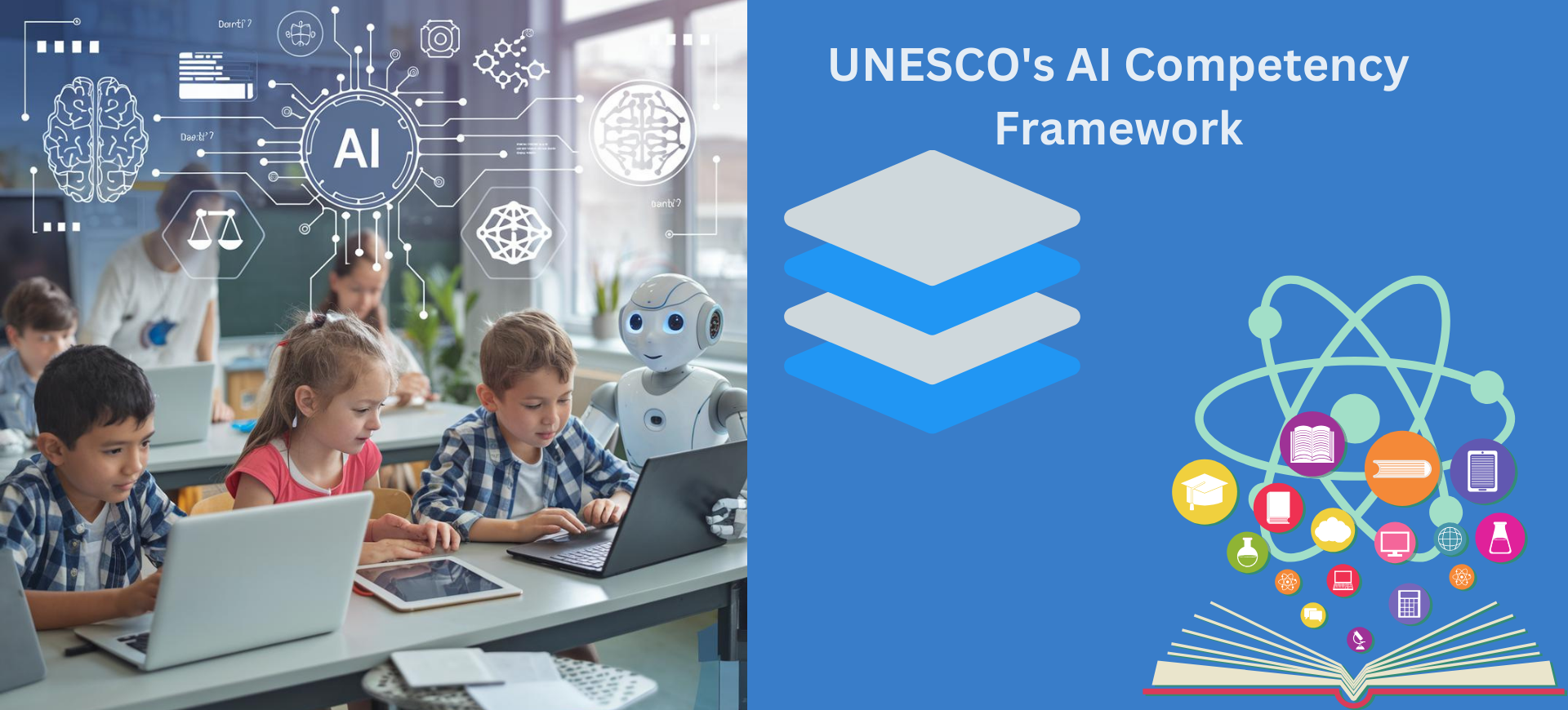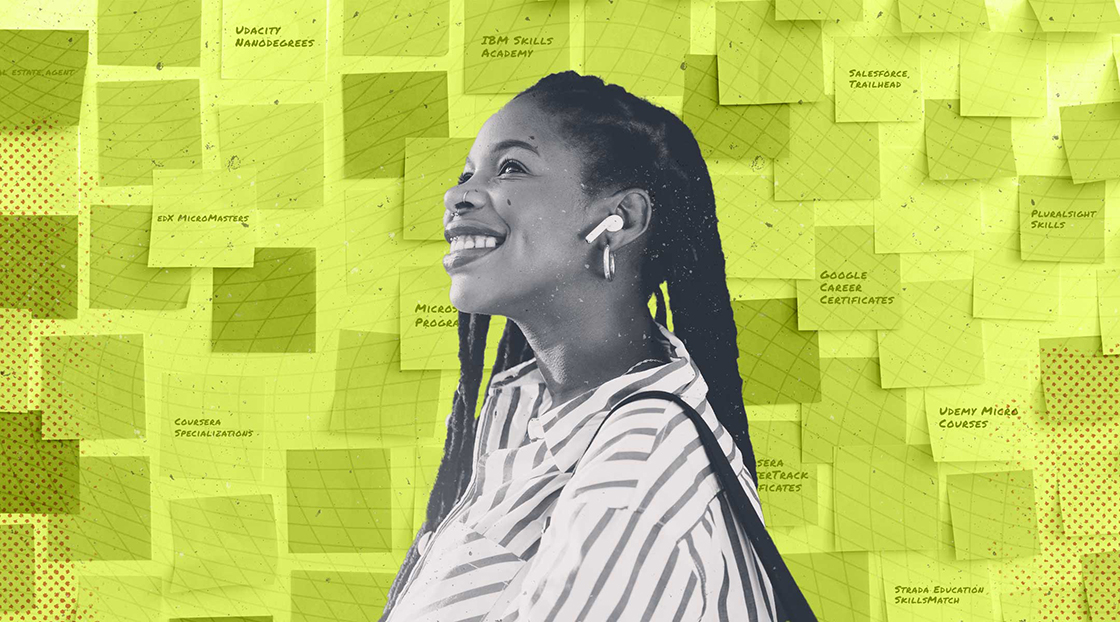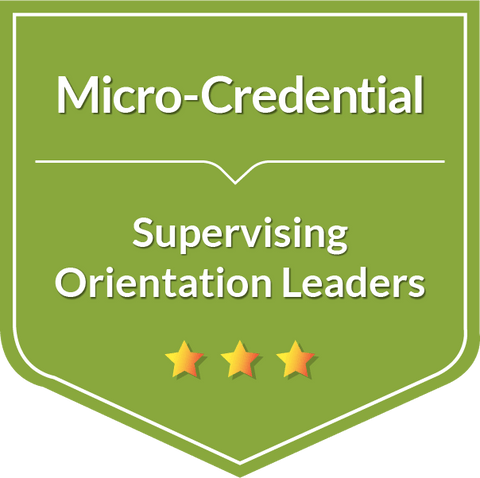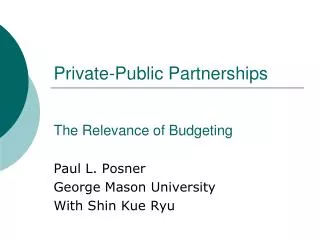The Imperative for AI Upskilling
Artificial intelligence (AI) represents a significant change management opportunity that could determine success across every industry[1]. As businesses integrate AI, they have a pivotal responsibility to help employees learn new skills, not only for the employees' benefit but for the company's long-term survival and competitiveness[3]. The World Economic Forum has estimated that automation will displace 85 million jobs by 2025, with 40% of core skills changing for workers[1]. Despite this urgency, a significant gap exists between recognizing the need and taking action. A 2024 study found that while 89% of respondents said their workforce needs improved AI skills, only 6% reported having begun upskilling in a meaningful way[1]. This highlights the critical need for structured strategies to prepare the workforce for the AI era. Companies that successfully enhance AI competencies will gain a competitive advantage over those that fail to upskill or reskill their employees[1].
Competency Mapping: The Foundation of Workforce Transformation
Competency mapping is a foundational strategy that identifies the specific skills, behaviors, and knowledge employees need to perform effectively in their roles[2]. Unlike traditional skill assessments, it emphasizes holistic performance by integrating technical, behavioral, and leadership competencies[2]. In the context of AI, competency mapping has evolved from a support tool into the strategic backbone of workforce transformation[2]. AI and advanced analytics are transforming competency mapping from a static framework into a living, data-driven system that can analyze performance data, learning patterns, and market trends in real time[2]. This allows organizations to anticipate future skill needs and create targeted learning paths to bridge critical gaps[2]. For example, the AI competency framework developed by Concordia University and Dawson College outlines core competencies for AI practitioners across technical, business, and human domains, with ethical considerations integrated throughout[12]. Similarly, UNESCO's framework aims to empower students to become skilled and responsible users of AI, focusing on a human-centered mindset and the ethics of AI[6][13]. By linking competencies to role progression, competency mapping becomes the engine that powers career growth, internal mobility, and scalable reskilling initiatives[2].
Micro-Credentials: Flexible and Targeted Learning
Micro-credential programs have emerged as a key tool for workforce upskilling, offering a "short, competency-based recognition that allows an educator to demonstrate mastery in a particular area"[11]. These programs cater to the need for cost-effective and flexible learning, allowing professionals to stay current with emerging technologies without undergoing long-form education[11]. The market for micro-credentials is ballooning, with more than 60% of U.S. colleges and universities now offering or considering such programs[11]. Major technology companies and educational platforms, including Microsoft, IBM, Google, Coursera, and Udacity, offer various micro-credential programs in high-demand fields like data science, AI, and cybersecurity[11]. These programs are typically viewed as a supplement rather than a replacement for traditional degrees, helping to bridge the gap between a student's major and the specific requirements of a job[11]. For employers, they offer a way to provide cost-effective staff development, while for employees, they represent a flexible path to acquiring new, in-demand skills[11].
Public-Private Partnerships: Collaborative Pathways to Success
Addressing the vast skills gap created by AI requires a collaborative approach, as no single entity can solve this challenge alone[4]. Public-private partnerships, which bring together employers, government officials, workforce leaders, educational institutions, and non-profits, are essential for creating effective reskilling pathways[4]. These initiatives build a regional workforce infrastructure that is more resilient, equitable, and future-proof[4]. The success of these programs hinges on employer leadership; companies are not engaging in charity but are making "specific, strategically driven investments in partnerships that help them strengthen their talent pipelines"[4]. Higher education institutions must be proactive in these conversations to remain competitive and relevant, as employers may otherwise fund their own training programs[7]. By working together, these coalitions can co-create pathways into skilled jobs for displaced workers and ensure that training programs are aligned with real-world workforce requirements[4][7].
A Strategic Roadmap for HR Leaders

While there is no one-size-fits-all timeline, HR leaders can follow a structured approach to implement a successful AI upskilling strategy.
Phase 1: Strategy and Communication
Begin by anchoring the upskilling initiative to strategic organizational priorities such as digital transformation or innovation[1][2]. It is crucial to communicate clearly with employees about the company's approach to AI, reinforcing how it will help them in their jobs and minimize nervousness about job loss[1][3]. Managers should involve employees in decision-making around AI implementation and point out opportunities for professional development[3].
Phase 2: Skills Assessment and Gap Analysis
Conduct a thorough review of existing processes to identify areas where AI can improve efficiency[3]. Leverage AI-powered tools to continuously assess the workforce's existing skills and identify gaps[9]. For instance, AI can analyze job postings for emerging skill requirements and compare them against current employee talent profiles[9]. This skills gap analysis will serve as a roadmap for designing targeted training initiatives[3].
Phase 3: Design and Deployment of Learning Programs
Invest in learning and development programs tailored to the identified needs[1]. Use AI to create personalized learning experiences, recommend relevant content, and adjust the difficulty level based on employee progress[1][9]. A key tactic is to integrate training into the daily flow of work, which makes learning more seamless and accessible[3]. This can be supplemented with on-the-job training, mentorship programs, and career path development, all of which can be enhanced by AI[1].
Phase 4: Fostering a Culture of Continuous Learning
Finally, nurture an open culture of learning that encourages experimentation and collaboration across departments[3]. Building a workplace culture of lifelong learning involves rewarding and recognizing learning, ensuring visible leadership support, and providing equal access to training opportunities[3]. AI can support this culture by predicting future trends and consistently recommending relevant training, helping to keep the workforce agile and future-ready[9].
Get more accurate answers with Super Pandi, upload files, personalized discovery feed, save searches and contribute to the PandiPedia.
Let's look at alternatives:
- Modify the query.
- Start a new thread.
- Remove sources (if manually added).







